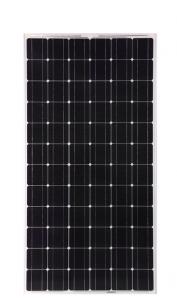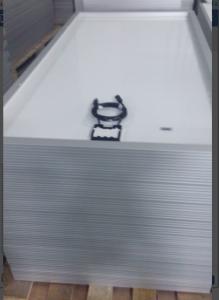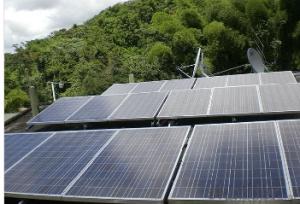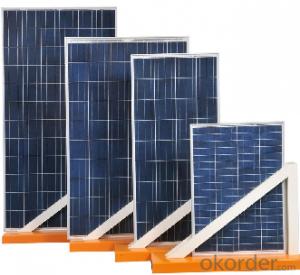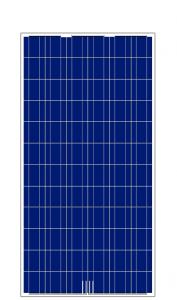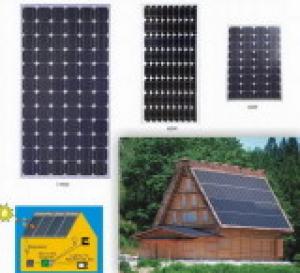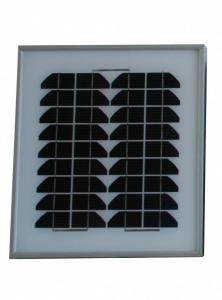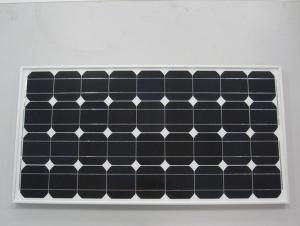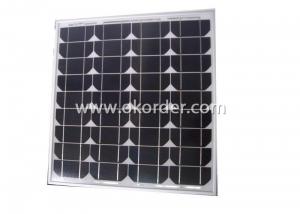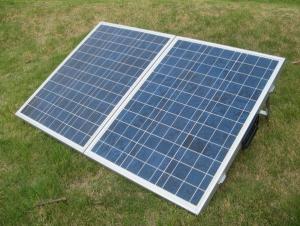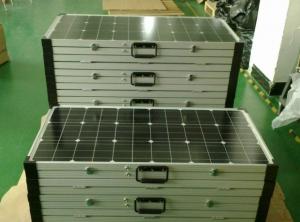Sunnova Solar Panels - Solar Module-in5m72 Nantong
- Loading Port:
- Shanghai
- Payment Terms:
- TT OR LC
- Min Order Qty:
- -
- Supply Capability:
- 5MW watt/month
OKorder Service Pledge
Quality Product, Order Online Tracking, Timely Delivery
OKorder Financial Service
Credit Rating, Credit Services, Credit Purchasing
You Might Also Like

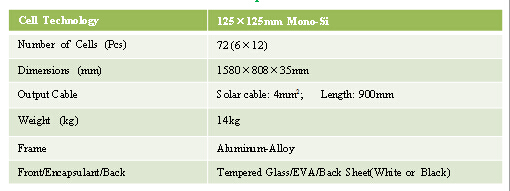
- Q: Can solar panels be used to power a hotel?
- Yes, solar panels can be used to power a hotel. By installing a sufficient number of solar panels, a hotel can generate a significant amount of electricity to meet its power needs. This not only helps to reduce energy costs but also promotes sustainability and environmental responsibility.
- Q: During the summer my house uses about .47 kw/h I am wondering what solar panel do I need to cover most or all the electric bill. A link would be helpful too :)
- Are you saying your house continuously draws about .5 kW average all day long? That's 36 kWh per day, if so. This is about double what our house uses year-round, so if you lived in our area, that would be a 6 kW system. The only way to nail down a good number is to get a quote from a local solar installer, though.
- Q: Hello, I have been trying to go green, I Have purchase somesolar panel they are about 45watts I been putting it against my window and getting ok power out of it enough for my lights and a couple of low watts gadget (cellphone, 2v light, portable dvd) for couple of hours.But its seem to drain the 2v faster then I can charge Am I getting the most power out of my panel?Or should I place it on the roof? I'm in Texas and it gets hot and sunny the sun beam my room windows pretty good during 4pm-6pm.
- Solar panel generates fairly low, unreliable source of energy. They are most likely very expensive. Despite all of that, your window may act as a beam filter by refracting the beam or reflects them off trough total internal reflection causing a low yield of sunlight harvest. Sunlight is also necessary to hit the panel 90 degrees to harvest maximum output.
- Q: ASAP :) as much details as possible
- sounds like a homework essay question to me
- Q: Can solar panels be used for agricultural purposes?
- Yes, solar panels can be used for agricultural purposes. They can provide electricity for various agricultural operations such as irrigation systems, lighting, and powering machinery. Additionally, solar panels can be used to generate clean energy to reduce the carbon footprint of farming practices.
- Q: Can solar panels be installed on a carport structure?
- Yes, solar panels can be installed on a carport structure. In fact, carports are an ideal location for solar panel installations as they provide ample space and can help maximize the energy production potential. Additionally, solar carports offer the added benefit of providing shade and protection for vehicles while generating clean and renewable energy.
- Q: I made three 36 solar cell (3x6 .5V 3.5A) panel and had it hooked a up to an old car inverter. I was on line looking for a cheap grid tied inverter. I came across the Enphase micro inverter and was wondering if i could use one of those. Will it work?
- I okorder /.. 2) A Gel Cel or automotive battery to hold the solar power. Once you have those parts connected, you can run an extension cord to your security lights to power them at night with the solar power you have collected during the day. Later, you can expand your solar array and power numerous appliances like a refrigerator in your garage or even a freezer. I have been using solar power for several months now and deeply enjoy the ability to create renewable energy. I wish you luck with your efforts as well!
- Q: Can solar panels be used in areas with high levels of electromagnetic interference?
- Yes, solar panels can be used in areas with high levels of electromagnetic interference. However, it is important to ensure proper installation and grounding of the solar panels to minimize any potential impact on their performance. Additionally, the use of appropriate shielding and surge protection devices can help mitigate the effects of electromagnetic interference on solar panel systems.
- Q: What is the most affordable, yet highest watt solar panels available?
- in case you raise a dumb-bell a undeniable style of feet, you have expended a undeniable volume of potential, does this variation if the gymnasium exchange into on yet another floor of the construction? Grounding is needed for defense and to dodge floor loops from happening, the quantity of potential produced would not exchange and any adjustments in potential will bring about a risky floor loop attempting to equalize it.
- Q: hi guys, i need help, okay lets say i decide to put solar panels near a place where its inhabitated by people, what kinda of environmental factors should i consider? Will the solar panels cause any damage to the enviromnent around it? Will it affect the plant and animals around it? should i consider the weather? its for my class so if u guys can help thankx.
- You would need to consider how much sun your area gets on average. You would need to do a cost/benefit analysis to decide if you will be saving money eventually. Environmentally, it would not affect the plants or animals around it, except those it might block the sun from. Meaning, the grass growing in the shade of the panels will probably die out, but that goes for anything that would cast shade for the majority of the time. Solar panels are simply rechargers for the batteries it's hooked up to. No different than a cell phone charger affects the area, people or plants around it. If it is a worry, make some orgonite and place it around the panels. :)
Send your message to us
Sunnova Solar Panels - Solar Module-in5m72 Nantong
- Loading Port:
- Shanghai
- Payment Terms:
- TT OR LC
- Min Order Qty:
- -
- Supply Capability:
- 5MW watt/month
OKorder Service Pledge
Quality Product, Order Online Tracking, Timely Delivery
OKorder Financial Service
Credit Rating, Credit Services, Credit Purchasing
Similar products
Hot products
Hot Searches
Related keywords
